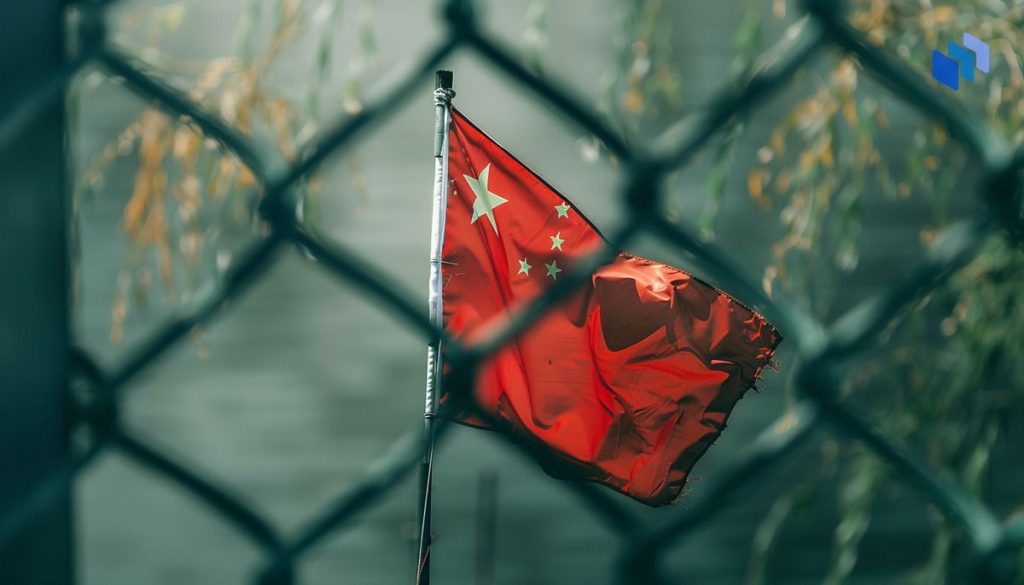The Biden administration is gearing up to implement new regulations aimed at restricting the export of advanced artificial intelligence (AI) models to adversarial nations like China and Russia. This initiative represents the latest effort by the U.S. government to safeguard its AI capabilities and prevent potential misuse by hostile actors.
At the heart of this regulatory push lies a plan to place guardrails around the export of proprietary or closed-source AI models. These models, which form the core software of cutting-edge AI systems like ChatGPT, are closely guarded by their developers, with both the software and the data used to train them kept under wraps.
The proposed regulations would complement previous measures taken by the U.S. government to block the export of sophisticated AI chips to China, aimed at slowing Beijing’s development of advanced AI technology for military purposes. However, keeping pace with the rapid advancements in the AI industry will undoubtedly prove challenging for regulators.
Currently, major U.S. AI companies like Microsoft-backed OpenAI, Alphabet’s Google DeepMind, and rival Anthropic have the freedom to sell their powerful closed-source AI models to almost anyone in the world without government oversight. This lack of regulation has raised concerns among government and private sector researchers, who fear that U.S. adversaries could exploit these models to wage aggressive cyber attacks or even develop potent biological weapons.

One source familiar with the matter indicated that any new export control would likely target nations such as Russia, China, North Korea, and Iran. A recent report by Microsoft highlighted that hacking groups affiliated with the governments of China, North Korea, Russia, and Iran have been actively trying to perfect their hacking campaigns using large language models.
To develop an export control framework for AI models, the U.S. may turn to a threshold based on the amount of computing power required to train a model. This threshold is outlined in an AI executive order issued by President Biden in October 2022. Under this order, when a certain level of computing power is reached during model development, the developer must report their plans and provide test results to the Commerce Department.
While the Commerce Department is still far from finalizing a rule proposal, the fact that such a move is under consideration underscores the U.S. government’s determination to close gaps in its effort to thwart Beijing’s AI ambitions, despite the significant challenges posed by the rapidly evolving nature of the technology.
Concerns over the potential misuse of advanced AI capabilities by foreign actors have been growing within the American intelligence community, think tanks, and academia. Researchers have highlighted the risks of these models being used to develop biological weapons or enable large-scale, faster, and more evasive cyber attacks.
To address these concerns, the U.S. has already taken measures to stem the flow of American AI chips and the tools to manufacture them to China. Additionally, a proposed rule would require U.S. cloud companies to notify the government when foreign customers use their services to train powerful AI models that could be used for cyber attacks.
However, the proposed export controls on AI models themselves represent a new frontier in the U.S. government’s efforts to safeguard its AI capabilities. While the specific details of the regulations are still being deliberated, experts suggest that a focus on the capabilities and intended use of the models, rather than solely relying on a computing power threshold, may prove more effective and lasting.
Implementing effective export controls on AI models will be no easy task. Many models are open-source, meaning they would remain beyond the purview of the proposed regulations. Even for proprietary models, regulators will likely struggle to define the appropriate criteria for determining which models should be subject to control.
Moreover, the export control being considered would impact access to the backend software powering consumer applications like ChatGPT but would not limit access to the downstream applications themselves.
While the proposed regulations aim to prevent adversaries from gaining access to advanced AI models for malicious purposes, their real-world effectiveness may be limited. China, for instance, could still potentially access sufficiently advanced technology that falls below the established threshold or leverage open-source models developed by companies like Meta.

As the AI landscape continues to evolve rapidly, the global implications of its use and potential misuse become increasingly significant. The U.S. government’s efforts to regulate the export of AI models highlight the growing concerns surrounding national security and the role of AI in future conflicts.
As the world grapples with the challenges posed by this transformative technology, international cooperation and regulation will become increasingly crucial. The Biden administration’s move to restrict access to advanced AI models represents a critical step in addressing these challenges, but it is likely just the beginning of a long and complex journey toward establishing a comprehensive framework for governing the development and use of AI on a global scale.
Copyright©dhaka.ai
tags: Artificial Intelligence, Ai, Dhaka Ai, Ai In Bangladesh, Ai In Dhaka, Google, Claude, Future of AI



